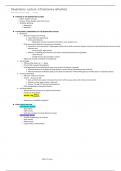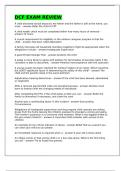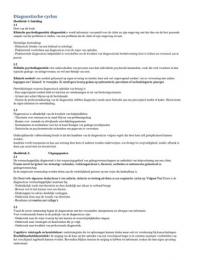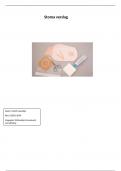Class notes
Pathophysiology
- Course
- PHGY350 (PHGY350)
- Institution
- Queen’s University (QU )
Notes for all lecture content including pathophysiology of the following systems: -Respiratory -Cardiovascular -Gastrointestinal -Endocrine -Neurology
[Show more]









